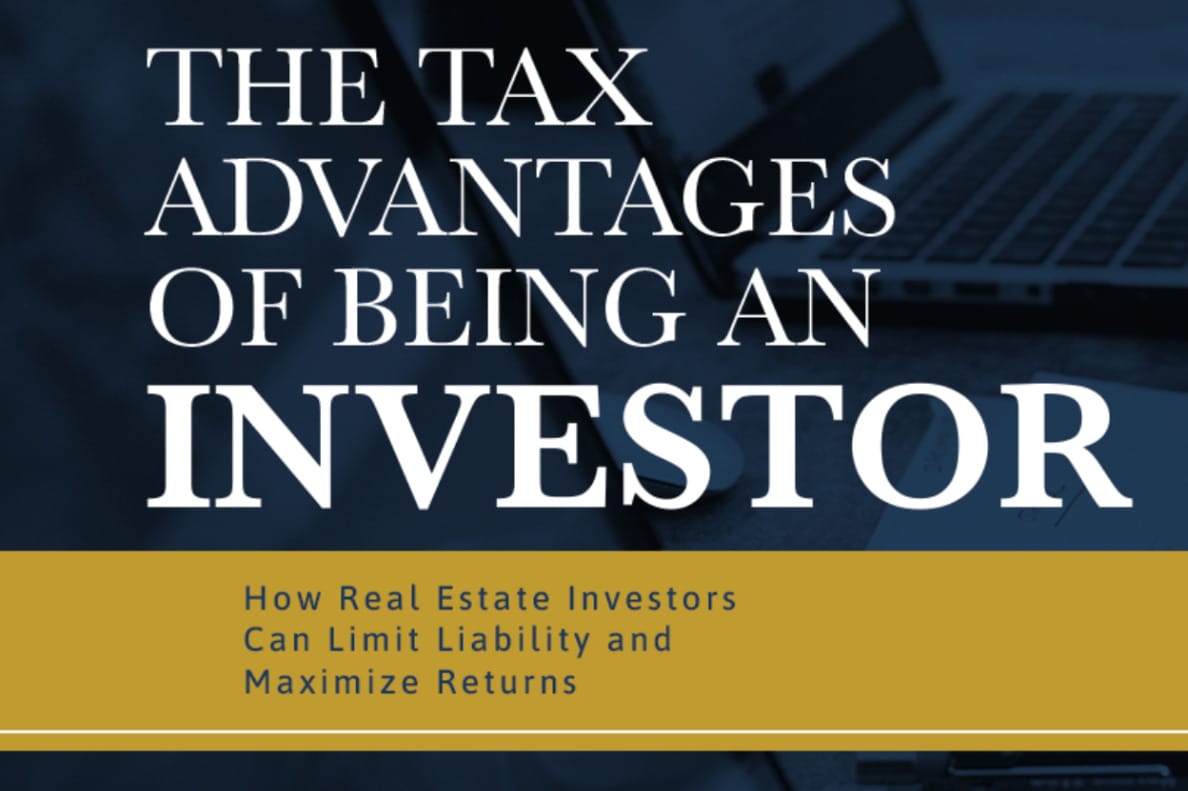Unpacking Refinancing Risks for the Office Sector

Beginning in 2008 and lasting through the spring of 2022, the Federal Reserve created an artificially low-interest-rate environment. This presented the illusion that leverage applied almost anywhere leads to wealth. Then, Silicon Valley Bank (SVB), Signature Bank and others ran into a leverage and liquidity buzz saw.
The SVB run was triggered by an investment approach eerily similar to that which took Orange County, California, into bankruptcy in 1994. It is astounding that SVB leadership allowed such risks to be employed. They either did not understand the mechanics of the bond market or did not know what the bank treasury was doing. Either way, too much risk was taken — and it should never have happened.
Are individual investors subject to the same risk? Yes. We all are. The mechanics of the bond market can be dull, but the teeth of risk are sharp. In this article, we will consider the refinance risks facing office property owners and the impact of those far-reaching risks. Before we begin, let’s take a look at what got us to where we are today.
Looking Back: The Great Recession
During the Great Recession of 2008-2012, banks miscalculated the credit quality of many single-family households. As a result, many homes went into foreclosure as the carelessly provided “NINJA” loans — “No Income, No Job, No Assets” — of the previous decade came home to roost.
The financial services sector was hit hard. The recession caused substantial dislocation in the economy. Financial giants like Bear Stearns and Lehman Brothers went bankrupt. A system-saving rushed marriage with Bank of America averted a similar fate for Merrill Lynch.
With the economy reeling, congress enacted legislation via the Dodd-Frank Wall Street Reform and Consumer Protection Act. Among other things, Dodd-Frank reduced the maximum leverage banks could apply via lending. That legislative limitation of maximum risk will likely serve the country well during the next five to seven years.
Newly minted in 2010, the Dodd-Frank bill emerged alongside continued modifications of the Basel Accords, a set of global banking agreements intended to put guardrails in place for operational risks in the banking industry. Banks were restricted in their leverage potential as legislation lowered the maximum leverage allowed from 80-85% of purchases to 60-70%.
Necessity being the mother of all invention, this led to syndication sponsors stepping in to fill the void, with some purchases being completed with 30-40% cash paired with bank leverage. Additional hybrid models include mortgage real estate investment trusts (REITs), hedge funds, debt funds, collateralized loans, debt obligations and bridge lenders.
The unexpected significant rise in interest rates caught many off guard in 2022. It seems plausible that it may also be the undoing of the intermediary market, including non-bank financial companies. But take note — that’s the intermediary market, not the banks.
The Bond Market
The bond market is where institutions and retail investors buy and sell debt securities. Bonds are loans made by an investor to a borrower, typically a corporation or government. In return for loaned funds, the borrower agrees to pay the investor periodic interest payments and to repay the principal borrowed.
This market is an important funding source for governments, municipalities and corporations. The bond market also dictates the expense of borrowed funds for deal sponsors. It allows organizations to raise capital by borrowing money from investors, who then receive regular interest payments and the return of principal when the bond matures — provided that the borrower has the means to do so.
Looking Forward
For commercial property loans, the rate borrowers pay is typically tied to the yield curve — frequently the yield received at the 10-year maturity mark. Unlike the home mortgage market, commercial property loans are not government-subsidized and do not last 30 years. Instead, these loans only last roughly five to seven years, at which point they are repaid or refinanced. Regulators and banks use this part of the curve to determine lending rates.
This means that in 2023, loans taken out between 2017-2019 are approaching repayment and/or refinancing at a much higher cost of borrowed funds. There is a meaningful risk that due to low occupancy and higher rates, this process will become so challenging many properties — including those in the office sector — fall into receivership.
The Shifting Cost of Borrowed Funds
Investors frequently assume the most worthwhile investments are those with the highest potential return. However, this is significantly flawed. Take note, the following point is critical.
The Fed manipulated the bond market from 2012-2022, enacting policies known as quantitative easing. As a result, the cost of borrowed funds became insignificant. The Fed pushed bond prices higher as they purchased them, forcing yields lower. This provided liquidity, enhanced arbitrage and attracted speculators. The pattern went on for so long that it became the new normal.
Subsequently, managers of risk assets levered up, then levered up again and again, using the newly minted tools of the Fed — the repo market of 2013 — to amplify the arbitrage between the low cost of borrowed funds and the higher returns of longer-dated debt.
What does this mean for investors today? The environment of 2012-2022 is now gone. Simply put, we are navigating a new financial landscape.
The Repo Market
Initiated in 2013 in response to the all-consuming financial crisis, the repo market became a market for short-term loans collateralized by debt securities with the intent to provide increased liquidity. Repo transactions involve the sale of a security with the agreement to repurchase it at a later date for a higher price. The difference between the sale price and the repurchase price is the interest on the loan.
When the Fed raises the target for the federal funds rate — the annualized overnight interest rate banks charge each other for a cash deposit overnight loan — it can lead to an increase in short-term interest rates, including in the repo market. This makes repo transactions more expensive for borrowers, likely reducing the demand. As borrowing becomes more costly while the supply of credit decreases, financial conditions tighten.
An increase in short-term interest rates also impacts the value of bond portfolios. As interest rates rise, the value of existing bonds falls. This is what pinched SVB. When the interest rate environment changed in 2022, collateral disappeared.
Married to the federal funds rate tightening sequence is the prevalent about-face of previously accommodative monetary policy. Beginning in March 2022 and into early 2023, the Fed was reversing previous bond purchase activity to the tune of $90 billion per month. The Fed was formerly in the market purchasing debt investments, allowing banks and others to sell debt securities to the government. As of late 2022, the opposite was happening.
Now, the Fed is pulling approximately $90 billion per month out of the debt markets and requiring many borrowers to repay their loans at maturity. This will — on a net basis — apply a deceleration to the commercial real estate (CRE) market, including the office sector. Maybe this is what Jamie Dimon, CEO of JPMorgan Chase, was referring to in June 2022 when he said we are facing “a financial hurricane.”
Lever Up, Again and Again
Those who, like me, were born in the 1960s or before likely remember Robert Citron. Citron was the treasurer of Orange County, California, who decisively drove the county into the hands of a receiver in December of 1994.
A controller of the Orange County funds, Citron took a highly leveraged position using repurchase agreements (repos) and floating rate notes (FRNs). He captured the spread by leveraging his bond portfolio and buying longer-dated bonds yielding more than the cost of borrowed funds. It worked magically — until it didn’t. The ultimate loss, which reached $2 billion, was the result of being too highly leveraged for rising federal interest rates.
Sound familiar? When yields rise, bond values fall. Those who are levered may then be subject to capital calls by their lender. As of today, this leverage scheme has been applied many times over by investors of all types, both retail and institutional. If the up-trend in real estate values breaks, significant damage could be done, including to the office sector.
Chasing The Highest Returns
As mentioned previously, investors frequently assume that the most worthwhile investments are those with the highest return — as seen by the rush to invest in cryptocurrency. When evaluating the recent 10 years from 2012-2022, the Fed was active in compressing the short end of the yield curve, creating an environment similar to that which lured Citron to lever his portfolio, ultimately leading to bankruptcy. That has now changed.
When Dodd-Frank and the new Basel Accords were enacted in 2010, affected banks retreated from levering assets by 80%. New levels amounted to a less risky 60-65%. That void was filled by non-bank financial companies, where leverage is less strictly regulated.
As during Citron’s reign with Orange County, when it works, it works well, providing the brightest shine — also known as the highest returns. However, Lehman Brothers and Bear Stearns were involved in shadow banking, an unregulated system of lenders, brokers and credit intermediaries outside the traditional banking realm. Both are now bankrupt.
A New Era
As we begin a new era of deleveraging and confront a potential recession, investors should take note of the risks facing the markets in which they participate. Office real estate may be plagued by declining tenancy and increased borrowing costs. In the past, the once-liquid repo marketplace provided opportunities to refinance maturing indebtedness. Now, it’s a whole new world.
We may be in a cycle of systemic rising rates. Equally, we could experience deflation, leading to a substantially lower federal funds rate. In other words, the next 10 years may look radically different than the previous 10.
Earlier in this article, I referenced the commonly held belief that investments with the highest potential return are the most worthwhile. I recommend that investors consider the following: the least risky portfolio that obtains their objective is the most attractive portfolio overall.
Published by Ted Greene




